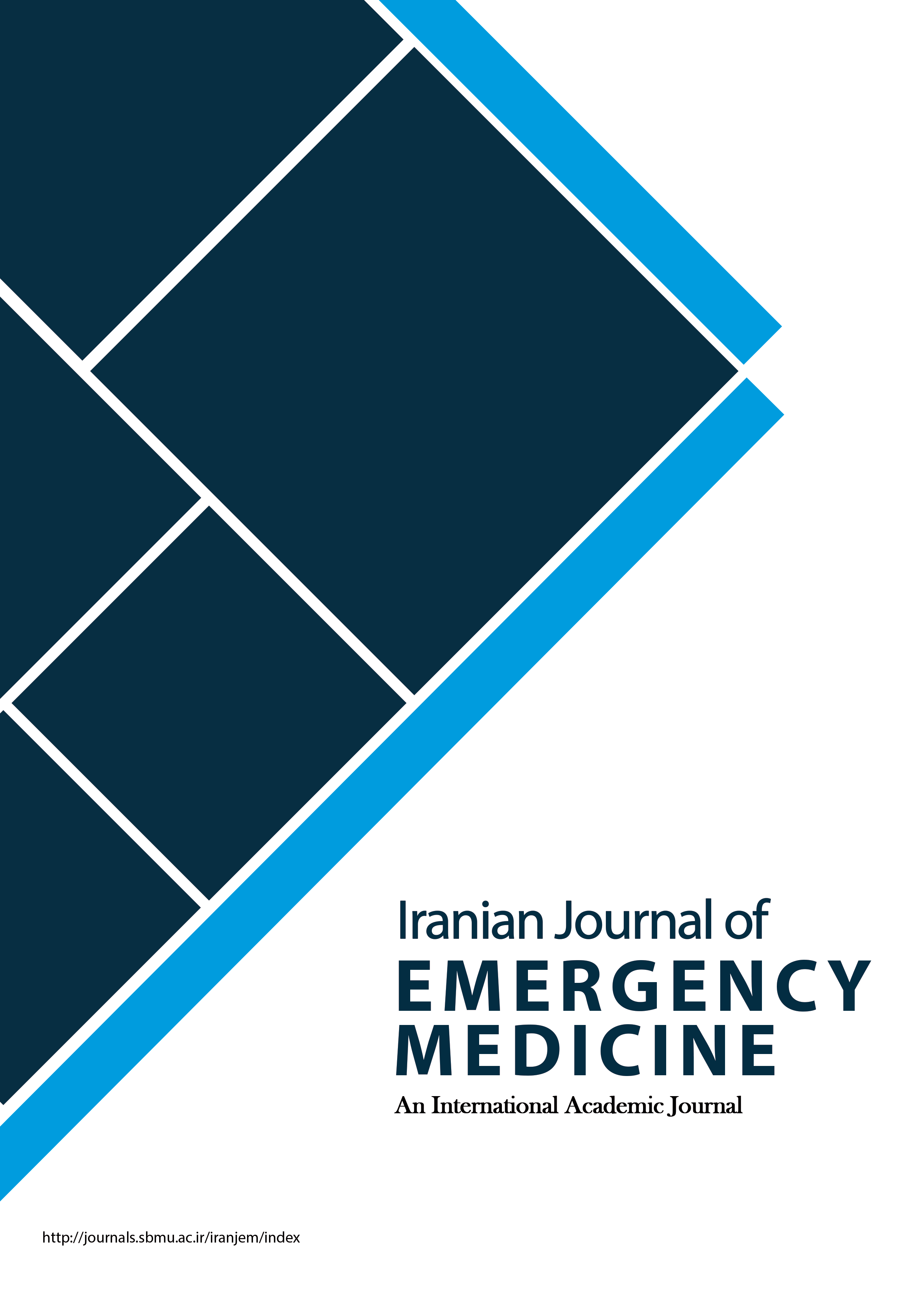Evaluation of the acute effects of smoking on cardiac electrical function and hemodynamic indices in smokers
Iranian Journal of Emergency Medicine,
Vol. 11 No. 1 (2024),
14 November 2023,
Page e2
https://doi.org/10.22037/ijem.v11i1.42593
Background: Smoking is one of the most important risk factors for cardiovascular diseases. Although numerous studies have evaluated the long-term consequences of smoking, few studies have assessed the short-term effects of smoking, especially on the electrical activity of the heart. The aim of this study was the evaluation of the acute effect of smoking on cardiac electrical function and hemodynamic indices in smokers.
Materials: In this single-arm pretest-posttest study, 130 healthy smokers participated if they had smoked at least 100 cigarettes in their lifetime and were smoking daily. After considering the exclusion criteria, participants were monitored before and 10 minutes after smoking by electrocardiography (ECG) to measure QT dispersion (QTD) and P-wave dispersion (PWD), systolic blood pressure (SBP) and diastolic blood pressure (DBP), heart rate (HR), and respiration rate (RR). Finally, the data obtained before and after smoking were compared.
Results: The mean age of the participants was 40.3 ± 10.6 years (range 19 to 71 years). 55 (42.3%) participants smoked between 10-15 years and 67 (51.5%) smoked 10 to 20 pack-years. After smoking, SBP (127.3 ± 10.4 vs. 138.4 ± 12.8 mmHg), QTD (33.5 ± 9.6 vs. 43.9 ± 10.7 ms) and PWD (28.9 ± 6.6 vs. 34.5 ± 7.4 ms), HR (80.1±9.8 vs 87.6±9.9) increased significantly (P value <0.001). In other parameters, no significant differences were observed.
Conclusions: Smoking is associated with an acute increase in QTD and PWD, and thus an increased risk of ventricular arrhythmias (e.g. Torsade’s de pointes), atrial fibrillation, sudden death, and other heart problems.



